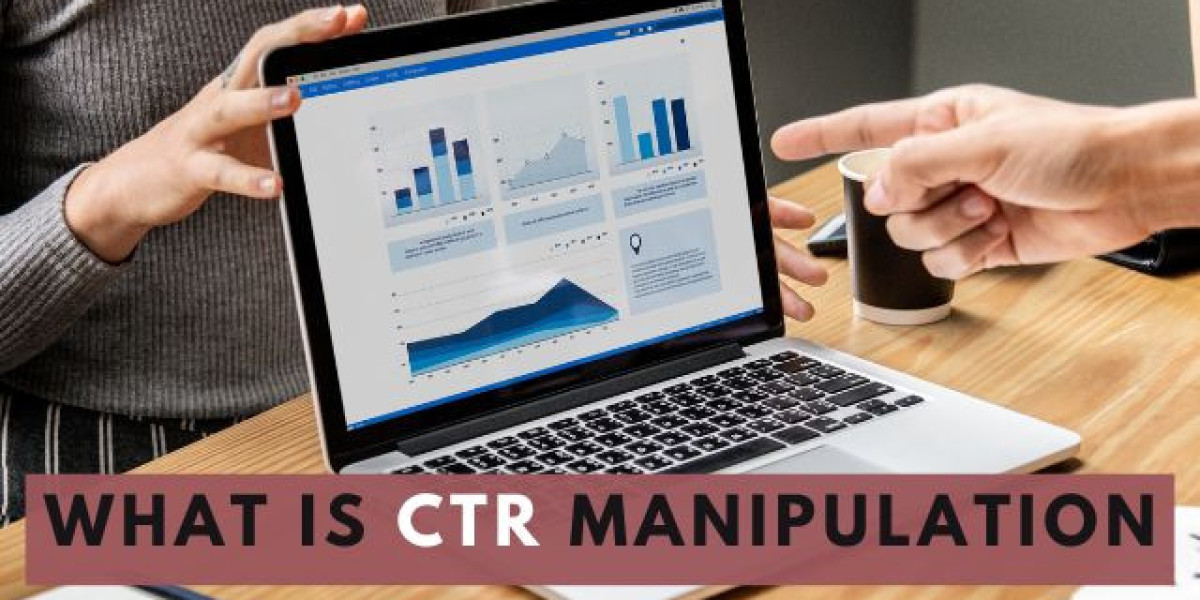It’s no longer just about ranking on Google—it’s about building visibility, trust, and measurable results that translate into revenue.
Both small businesses and large enterprises can benefit significantly from SEO, though the strategies and outcomes may differ. By understanding the role SEO plays, companies can unlock opportunities that traditional advertising alone cannot achieve.
How Small Businesses Benefit from SEO
For small businesses, every marketing dollar counts. Traditional advertising methods like print, TV, or billboards often demand high costs without guaranteeing measurable outcomes. In contrast, SEO provides a cost-effective way to reach potential customers who are actively searching for products or services.
Local SEO is one of the most valuable tools for smaller companies. By optimizing for location-specific keywords, maintaining a Google Business Profile, and collecting positive reviews, a small business can show up in “near me” searches—one of the most powerful ways to drive local traffic. For example, a family-owned pizzeria can appear at the top of search results when someone nearby searches “best pizza near me.”
Beyond visibility, SEO creates credibility. Customers tend to trust websites that appear on the first page of search results more than those buried further down. This perception of authority helps small businesses compete with larger players, leveling the playing field without requiring massive budgets.
Why Large Enterprises Rely on SEO
While small businesses use SEO to get noticed, large enterprises use it to maintain dominance and scale their reach. Managing thousands of product or service pages requires enterprise-level SEO strategies that ensure consistency, technical optimization, and content quality at scale.
Enterprises also leverage SEO to build global visibility. With tailored strategies for multilingual and multi-regional audiences, companies can expand into new markets while aligning with cultural search behaviors. For instance, an international clothing brand can optimize separate sections of its website for different languages, ensuring it captures customers across continents.
Another critical advantage for enterprises is data. With advanced analytics, large businesses can track search patterns, customer intent, and engagement across markets. These insights allow them to refine marketing campaigns, predict demand, and improve customer experience.
In short, SEO isn’t just a marketing tool for enterprises—it’s a strategic asset that drives brand loyalty and competitive strength.
What is CTR Manipulation and Why Avoid It?
Another term often discussed in SEO is what is CTR manipulation? This refers to artificially boosting click-through rates using bots, fake clicks, or incentivized traffic. The goal is to trick search engines into believing that a page is more popular or relevant than it truly is. While this might seem like a shortcut to higher rankings, it comes with significant risks.
Search engines like Google have sophisticated algorithms that detect unnatural behavior. Websites caught using CTR manipulation may face penalties, reduced visibility, or even removal from search results. Instead of relying on risky shortcuts, businesses should invest in ethical SEO practices: writing compelling meta descriptions, using structured data for rich snippets, ensuring mobile responsiveness, and improving site speed. These strategies encourage real users to click, which builds sustainable rankings over time.
Understanding CTR in SEO
One of the most important performance metrics in SEO is Click-Through Rate (CTR). To answer the common question, what is a CTR? It is the ratio of users who click on a website link after seeing it in search results. For example, if 2,000 people see a page in search results and 200 click it, the CTR is 10%. A strong CTR shows that your title tags, meta descriptions, and overall relevance are aligned with what users want.
CTR plays a crucial role in determining SEO success. Small businesses might analyze CTR to learn which content draws the most interest, while large enterprises can use it across thousands of pages to identify patterns and improve performance. Search engines also consider CTR as a user signal—higher engagement often suggests that a page deserves stronger visibility.
Some marketers attempt shortcuts through CTR manipulation, which involves artificially inflating click-through rates with bots or automated tools. While this may temporarily boost numbers, it risks severe penalties from search engines. Instead of manipulation, businesses are far better off focusing on ethical practices like writing compelling headlines, optimizing for mobile users, and improving page speed to naturally attract clicks.
The Bigger Picture: SEO for All Sizes
The real power of SEO lies in its versatility. For small businesses, it provides an affordable and sustainable way to stand out in local markets. For enterprises, it delivers scalability, advanced insights, and global reach. The strategies may differ, but the end goal is the same: driving meaningful traffic that converts into customers.
By focusing on fundamentals like high-quality content, technical optimization, and user engagement, businesses can ensure long-term SEO success. Understanding key metrics such as CTR, while avoiding risky shortcuts like CTR manipulation, helps build strategies that are both ethical and effective.
Conclusion
SEO continues to be the backbone of online growth in a competitive digital world. Small businesses use it to amplify visibility and credibility without breaking the bank, while large enterprises rely on it to scale globally and maintain industry dominance. Regardless of size, every business benefits from aligning with customer search intent, tracking engagement metrics, and building an online presence that lasts.



